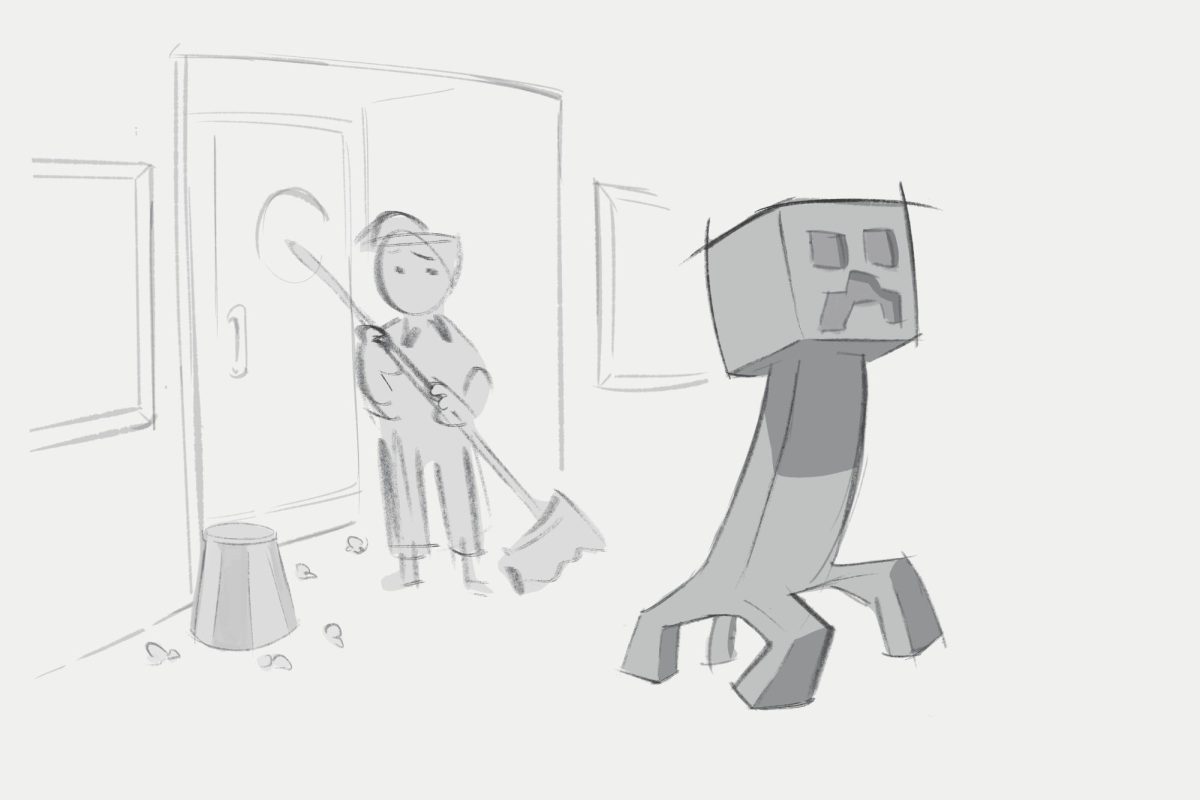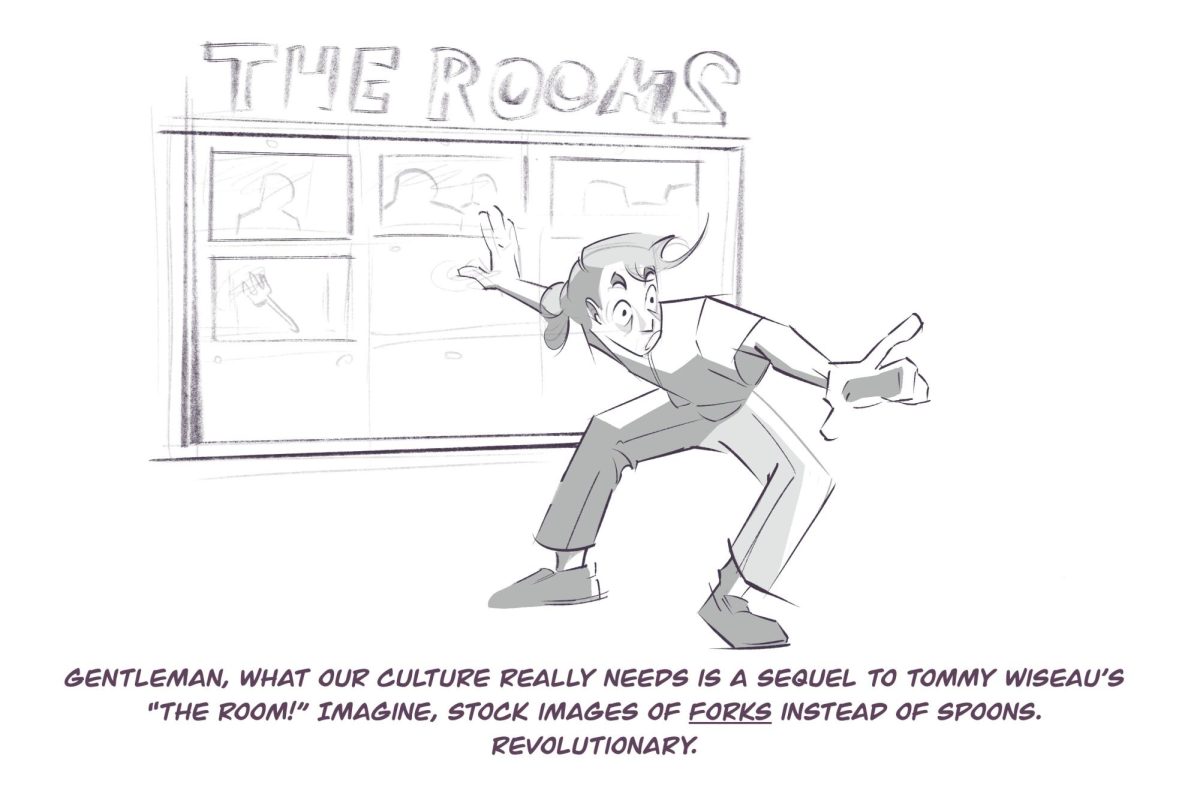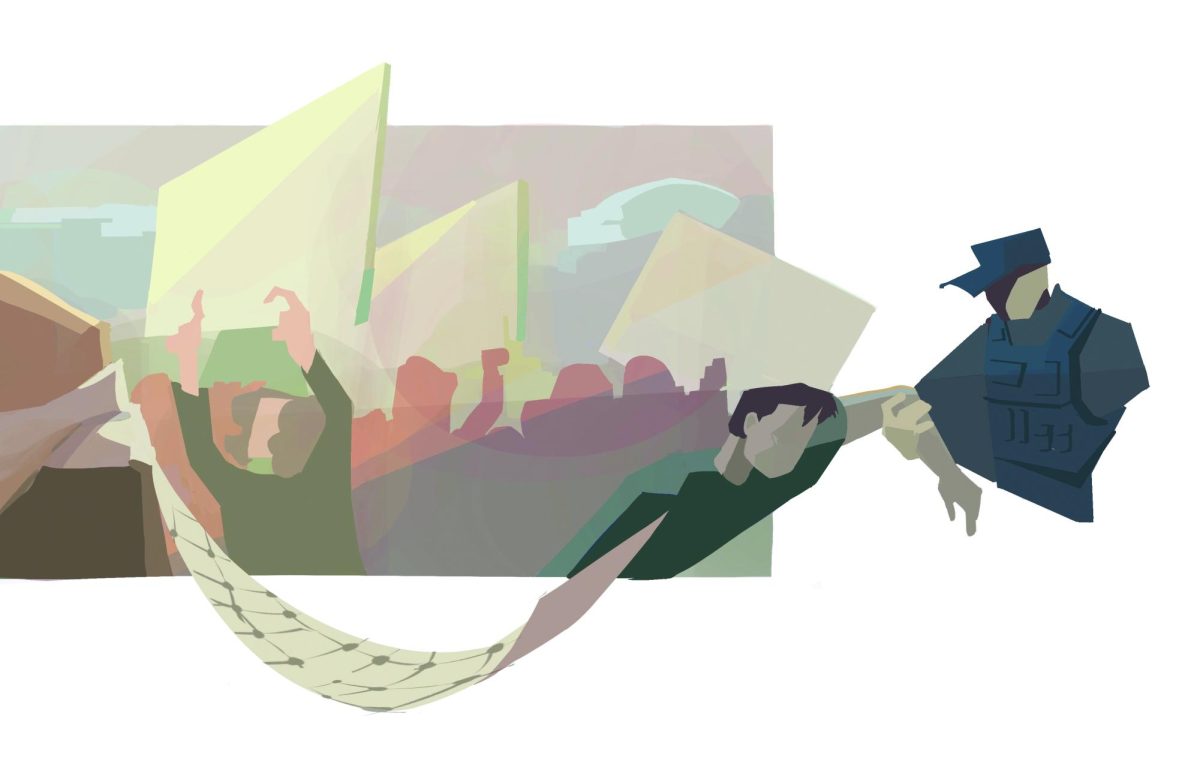By Diamond Victoria
Managing Editor

Japan seemed to have its finger on the pulse of gritty sci-fi films in the 1970s. A snapshot of the decade’s love affair with over-the top costume design and overuse of special effects is the wonderfully disastrous “Message From Space,” released in 1978 and directed by Kinji Fukasaku.
At the time, the film’s budget was 6 million yen ($50,000 by current exchange rates), and its initial reviews weren’t so great. But this so-called Star Wars knock off still carries some charm, if you aren’t taking it too seriously.
Sci-fi has never been an easy genre for filmmakers to tackle. After all, they have to convince their audience using lights, practical effects and fluidity in cinematography that a make-believe universe really exists, and if they’re good enough, accumulate a fan base that spans decades.
The Star Wars saga has illustrated this time and again. The first of the franchise, “Star Wars: Episode IV – A New Hope” (originally released as “Star Wars”) directed by George Lucas and released in 1977, saw many knock offs. And why not? It’s a great film.
Lucas tailored the film with scenes exploding with effects that made sense and had seamless transitions with consistent color palettes. It was so great it earned almost $2 million on its opening weekend, making it one of the most financially successful films of all time according to the-numbers.com.
It’s got a great cast, dimensional characters, a love story and action. So when Fukasaku released his 1978 film, “A Message From Space,” its plot probably seemed all too familiar to audiences who had seen “A New Hope” a year earlier.
Fukasaku mimicked “A New Hope” a few different ways. The most obvious similarity has to be the movie’s poster. The movie’s title is spelled out almost exactly like the Star Wars iconic font, even using the same colors. The actors are positioned in similar mannerisms, even wielding guns comparable to the blasters used in Lucas’ film.
The inconsistent aesthetic in “Message From Space” is its weakest element. Unlike Lucas’ “A New Hope,” it’s all over the place. There’s the comedic gangster, Jack, wearing ’70s get-up, the medieval-esque Princess Emeralida and two “roughrider” pilots, Aaron and Shiro, in what can only be described as a tip-of-the-hat to iconic Evil Knievel’s suit–sans cape.
There’s nothing special about the effects in this film, either. And with horrible rearprojection, you can almost see the strings suspending the actors in air. During a sequence involving Meia, the rich daughter of an aristocrat, she and the roughriders are meant to be floating outside of their ship in space.
It’s at this point when the filmmaker’s lack of ability to recreate the reality of what floating in zero gravity really looks like becomes apparent. Without an upfront claim like: “A long time ago in a galaxy far, far away …,” it’s also unclear when and where our rag-tag team of Gavana fighting warriors are in the story. It’s not all gloom and doom, though. The acting wasn’t a complete bore, thanks to the late Vic Morrow playing a Han Solo-style former military man with a slight penchant for alcohol. And he’s even got a sidekick, Beba 2, a robot consistent with the look and personalities of Star Wars’ two ’bots, R2-D2 and C-3PO. But the most interesting part about “Message From Space” is how it seems to have inspired later Star Wars episodes.
The first scene in Fukasaku’s film has Aaron and Shiro on what seems like a joyride through space. Almost immediately, a space patrol ship begins chasing them, and all three wind up speeding through a desert, ducking corners and winding through caves. The Boonta Eve Classic pod race scene in “Star Wars: Episode I – The Phantom Menace” has a definite resemblance.
Another theme lifted from “Message From Space” is the planet Gelucia. The Gavana are a species who take over the peaceful planet and fashion it into a battle station. The upcoming “Star Wars: The Force Awakens,” directed by J.J. Abrams, apparently has a planet-turned-battlestation called Starkiller base. These are too exceptional to be reduced to coincidence.
“Message From Space,” with its amateur acting, horrible props and even worse effects, isn’t without a little charm. After all, it seems to have possibly inspired some great scenes in one of filmmaking’s greatest saga. But while imitation may be the sincerest form of flattery, a 12-year-old’s art project will never be the Mona Lisa.






